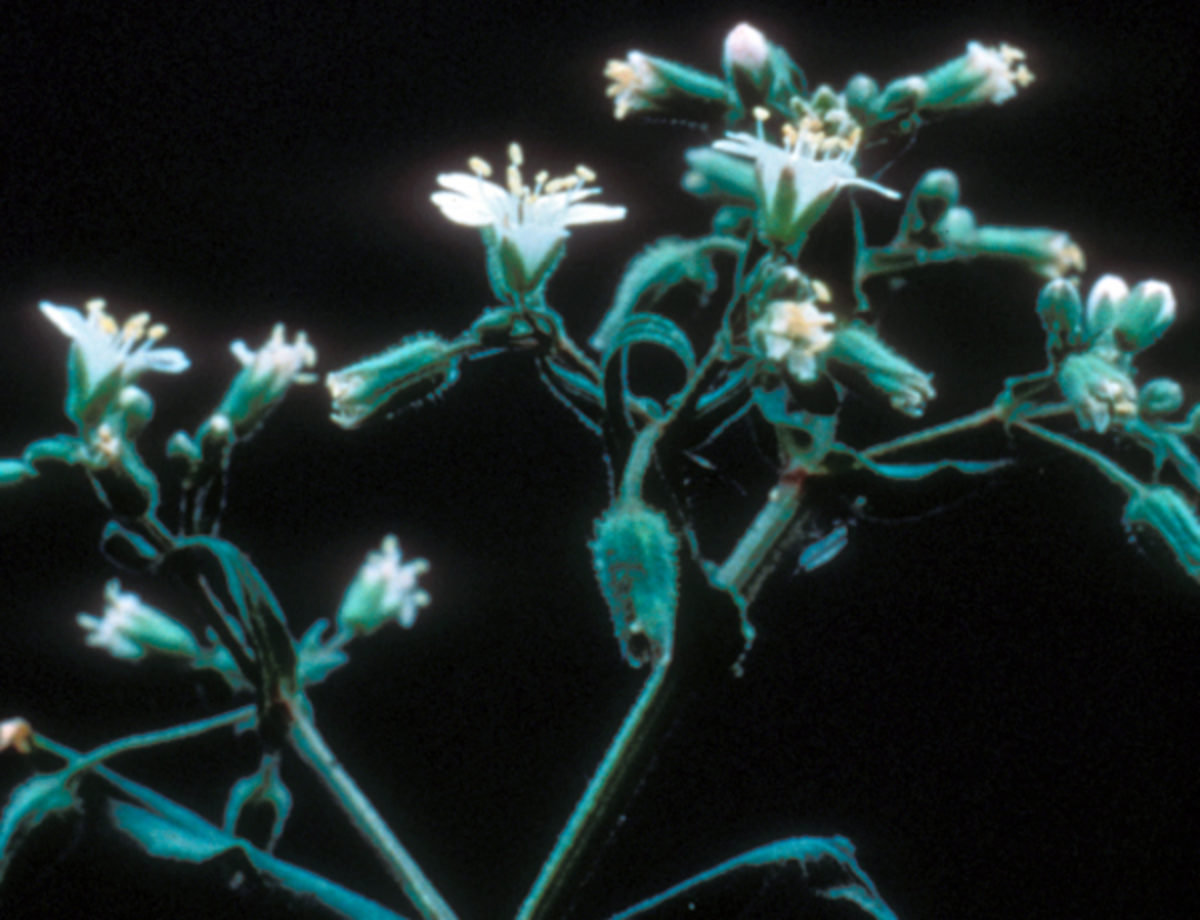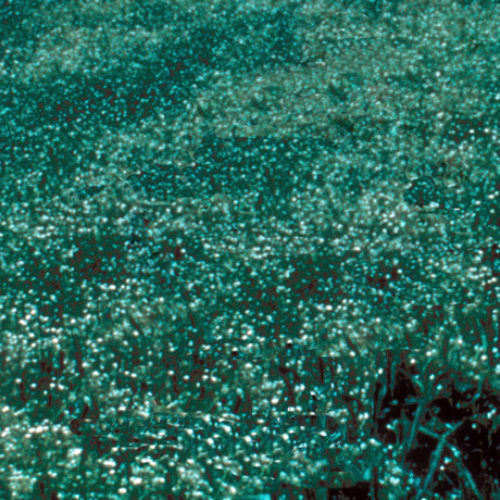Lepyrodiclis
Lepyrodiclis holosteoides

Family: Caryophyllaceae
Weed class: C
Year Listed: 1988
Native to: Europe, Asia
Is this Weed Toxic?:
not known to be
Why Is It a Noxious Weed?
Lepyrodiclis infests grain and pea fields where it grows up and over crops forming a canopy that shades crops from the sun. Lepyrodiclis was changed from a Class B to a Class C noxious weed in 2013.
How would I identify it?
General Description
Lepyrodiclis is a fast growing annual with a prostrate habit except when given something to climb upon. It flowers in the spring.
Flower Description
Flowers are axillary and terminal on stems. Flowers have 5 green sepals and 5 petals that are white or pink.
Stem description
Stem are slender, week, sprawling or upright, and 16 to 40 inches long. Stems are clustered at the base of the plant and weakly attached to the roots.
Fruit Seed Description
Small capsules, 0.1 inch long, contain 1 to 2 (sometimes 4) dark brown seeds.
Where does it grow?
It occurs in disturbed areas, grain fields and pea fields. Please click here to see a county level distribution map of lepyrodiclis in Washington.
How Does it Reproduce?
Lepyrodicilis reproduces by seed.
How Do I Control It?
General Control Strategy
Treatment should extend at least 20 feet beyond the boundary of observed plants to lessen the chance that additional plants establish from stray seed.
Mechanical Control
Small patches may be pulled and bagged. Tillage can be used to kill lepyrodiclis for patches too large for hand removal.
Cultural Control
Grass competition may help suppress it.
Herbicide Control
Please refer to the PNW Weed Management Handbook, or contact your county noxious weed coordinator.




